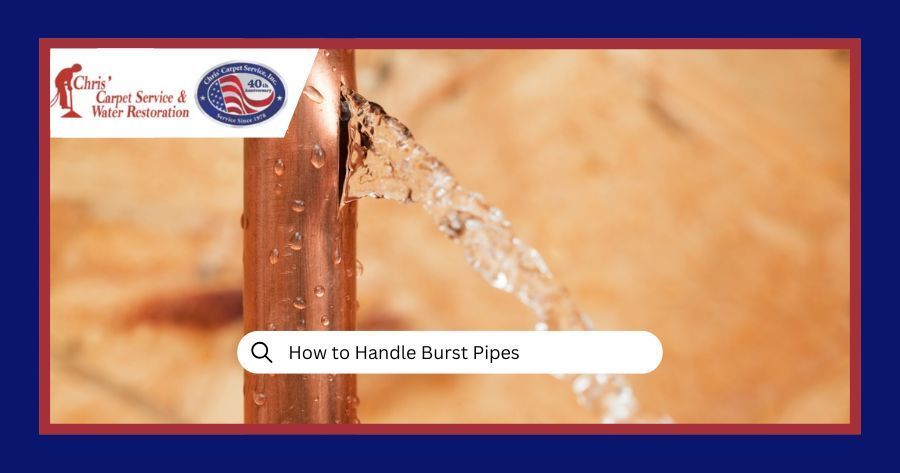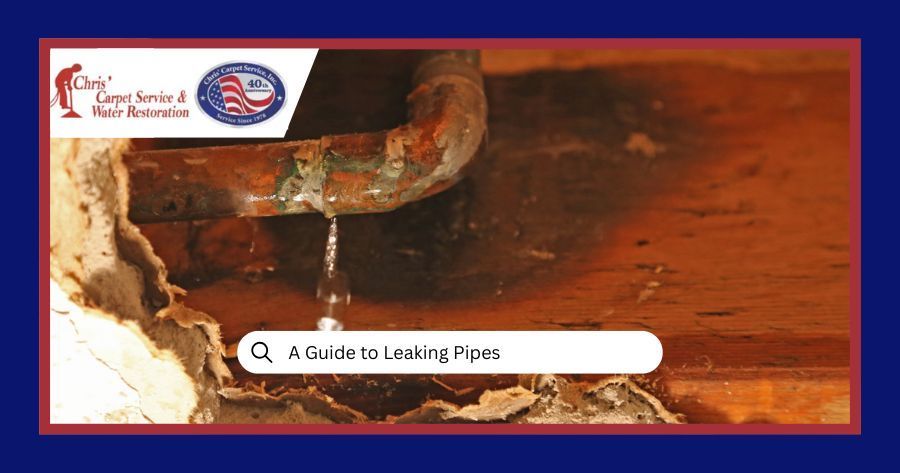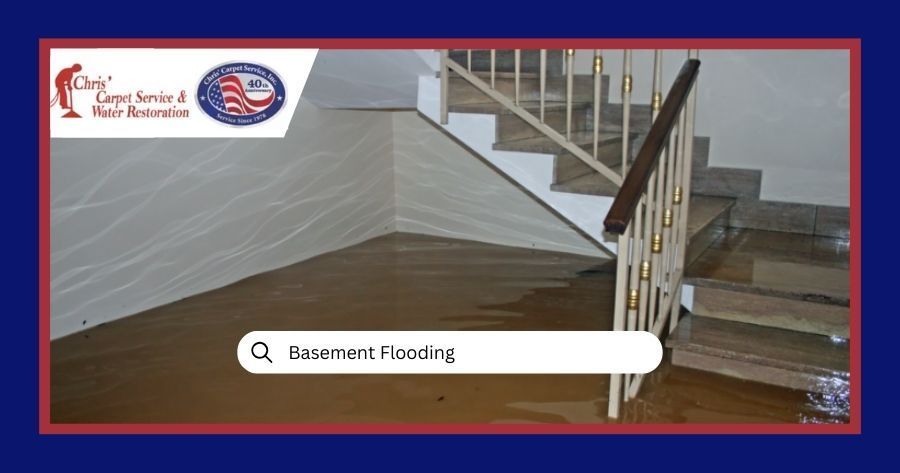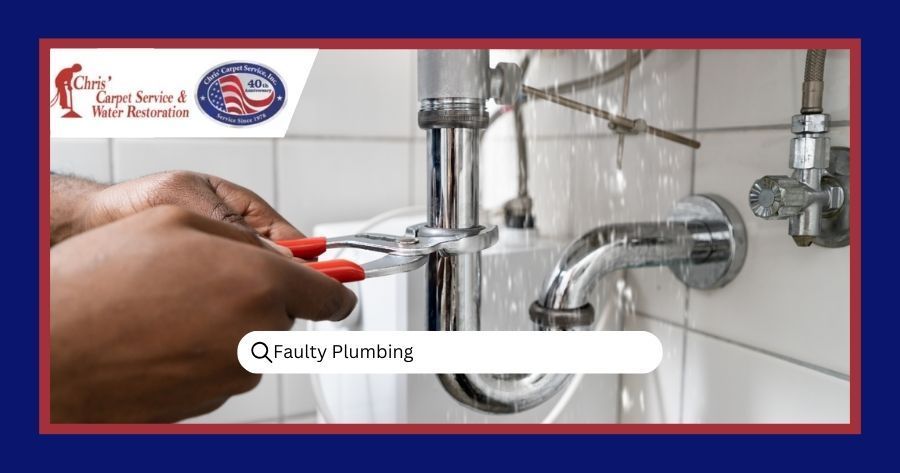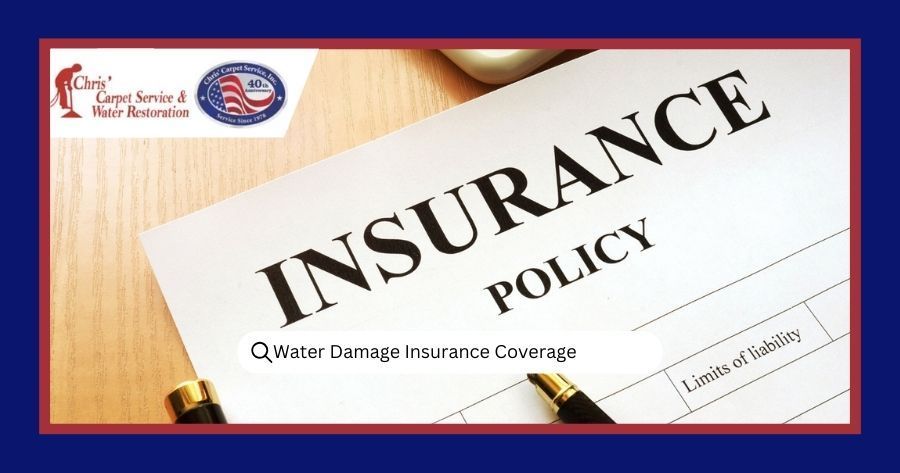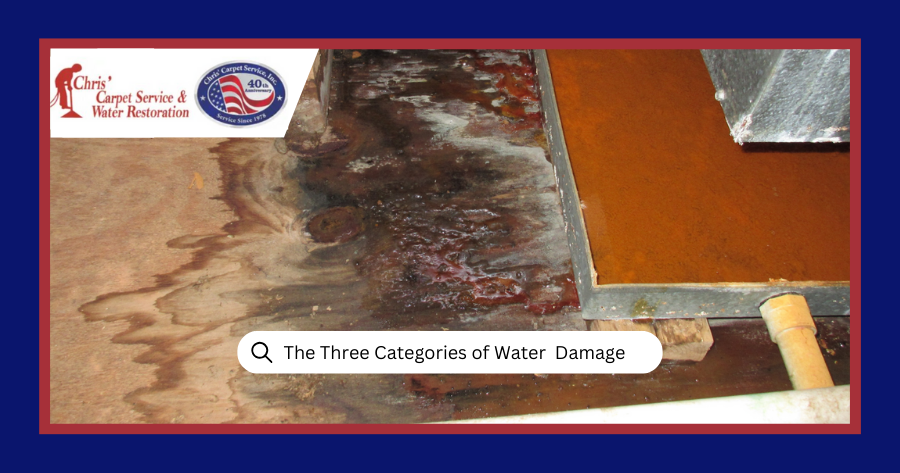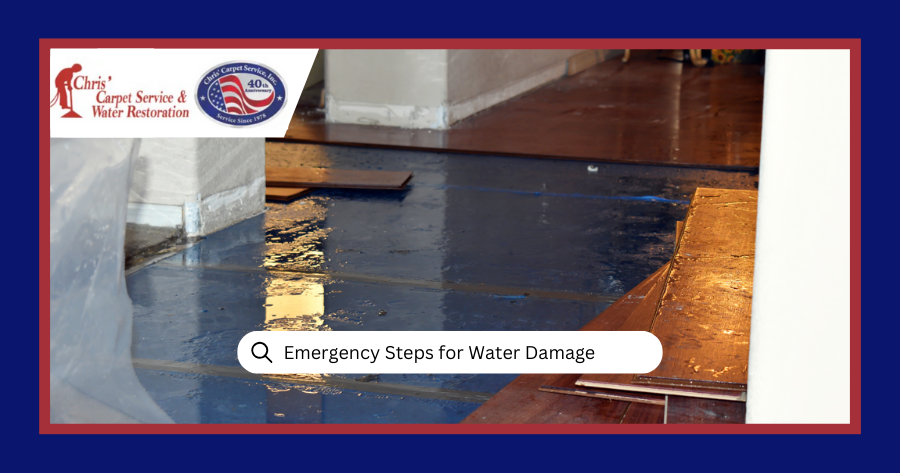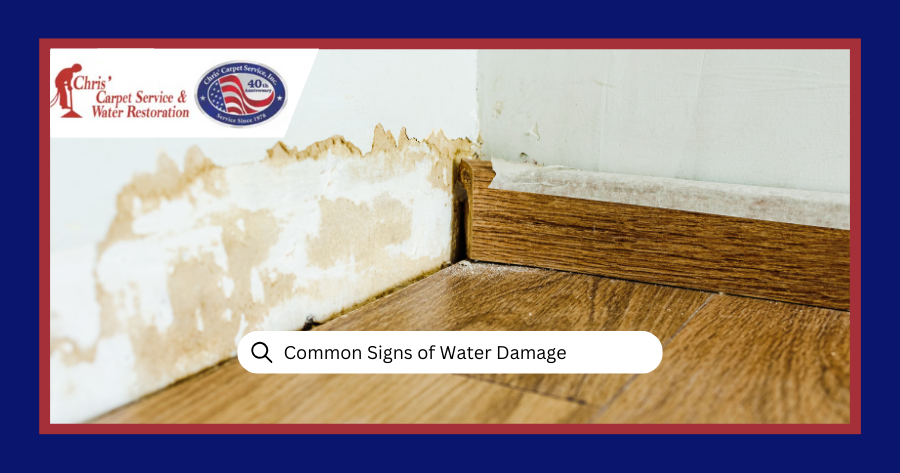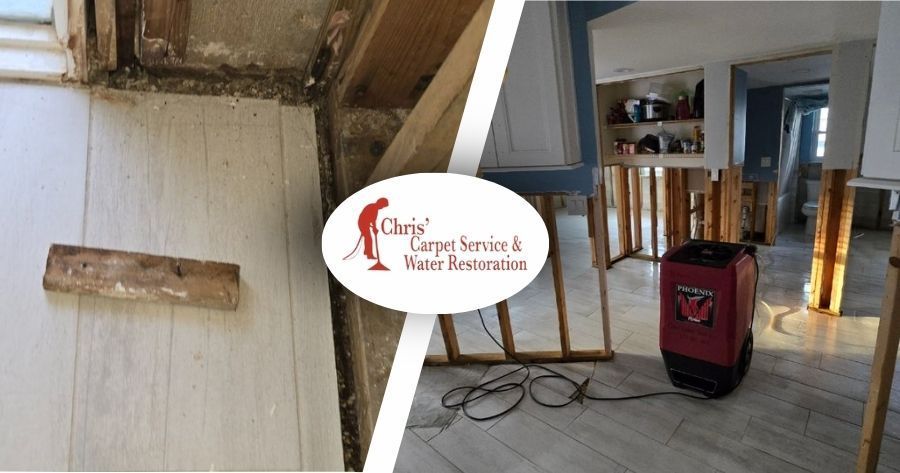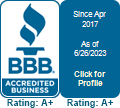
Breaking Down the Causes of Sewage Backups: Solutions and Prevention Tips
Sewage backups are one of the worst scenarios of Tampa water damage a homeowner can experience. Not only do they ruin property damage, but they’re also extremely dangerous for everyone around them. But, why do they happen? Well, when wastewater from toilets, sinks, and drains cannot flow properly through the sewer system, contaminated water overflows directly into your home.
To learn how to respond to a sewage backup, first, it’s important to understand its causes and the harmful effects it can have simply being around it.
Why Do Sewage Backups Occur?
Of all the causes of water damage, sewage backups are the most dangerous and can happen for several reasons:
Blockages in Sewer Lines
With time, grease, soap residue, hair, and other debris can build up inside sewer pipes. If these blockages become big enough, they can prevent wastewater from draining properly, leading to a backup in your home.
Tree Root Growth
It’s natural that tree roots look for moisture, and in their search of water, they often end up stuck in sewer lines. As roots spread, they can crack, break, or completely block pipes, causing contaminated water to back up into your home.
Old Sewer Systems
The older the home, the weaker the plumbing system. And this comes as no surprise as clay or cast iron pipes corrode over time, leading to cracks, or complete collapse even, and ultimately to blocked pipes and backups.
Overwhelmed Municipal System
If municipal sewers can’t handle large volumes of rain, wastewater may reverse flow, leading to home sewage backups. When the system reaches capacity, municipal wastewater may have nowhere to go but back up into your home.
Damaged Sewer Lines
Shifting soil, foundation settling, or even nearby construction can put pressure on sewer pipes, leading to cracks or breaks. When pipes become damaged, they can’t properly carry waste away, which increases the risk of sewage backups.
Flushing Non-Flushable Items
Flushing improper items down the toilet, such as wipes, diapers, feminine hygiene products, or even too much toilet paper, can cause serious blockages in sewer lines. Unlike toilet paper, these items do not break down easily, leading to clogs and backups.
Is Your Health at Risk After a Sewage Backup?
Having wastewater back up into your living space is not only unpleasant, but carries health risks as well, from the contaminants present in it, making it one the most harmful out of all three categories of water damage. Sewage water is toxic and harmful because of:
- Bacteria and Viruses: Sewage contains pathogens such as E. coli, Salmonella, and Hepatitis A. If they come in contact with your skin or are inhaled, they can make you severely ill.
- Mold Growth: The moisture left from a sewage backup can lead to mold growth within 24 hours, posing additional risks as mold can trigger allergies, breathing problems, and other health issues.
- Toxic Gases: Sewage releases toxic gases like methane, ammonia, and hydrogen sulfide, which can cause dizziness, nausea, and even long-term health complications.
Steps You Can Take to Prevent Sewage Backups
While sewage backups are sometimes out of your control, there are steps you can take to minimize the risks. These are the top tips for water damage prevention:
- Dispose of Grease Properly: Never pour grease, fats, or oil down the drain, as they can harden and create blockages in pipes.
- Be Careful What You Flush: Only flush toilet paper! Never flush wipes, diapers, paper towels, or hygiene products.
- Schedule Regular Sewer Inspections: Having your sewer lines inspected and cleaned occasionally can help spot potential problems before they cause a backup.
- Install a Backwater Valve: A backwater valve prevents sewage from flowing back into your home during heavy rain or sewer overloads.
- Keep Trees Away from Sewer Lines: If you have trees near your sewer lines, consider removing them or setting up root barriers to prevent infiltration.
Can I Clean Up a Sewage Backup Myself?
In the face of a sewage backup, you might want to take care of the mess yourself, thinking it would be over sooner than having to wait for a professional to arrive. But, that’s not safe! If you do experience this type of contamination in your home or business, these should be your first steps:
- Avoid Contact with Contaminated Water: Stay away from contaminated areas and avoid touching or inhaling anything that has come into contact with sewage.
- Turn Off the Water Supply: If it’s possible, shut off the main water valve to prevent further wastewater from entering your home.
- Open Windows for Ventilation: Let fresh air circulate and let out harmful gases.
- Call a Professional Restoration Company: Sewage backups must be cleaned by an expert, because they have all the necessary tools and equipment to handle this type of contamination and restore your property to a safe and sanitary condition.
Why Choose Chris' Carpet Service & Water Restoration?
If you’re dealing with a sewage backup, you need a trusted professional to handle the cleanup safely and efficiently. At Chris' Carpet Service & Water Restoration, we specialize in sewage cleanup and water damage restoration in the Tampa Bay Area. Here’s how we help:
- 24/7 Emergency Response: We’re available around the clock to provide fast and effective sewage cleanup.
- Safe Contaminant Removal: Our team uses industry-grade disinfectants and protective equipment to eliminate bacteria, mold, and odors.
- Water Extraction & Drying: We remove standing water, dry out affected areas, and prevent further damage.
- Full Restoration Services: From cleaning and sanitizing to repairing damaged areas, we restore your home to its pre-loss condition.
Sewage Backup Emergency? Contact Chris' Carpet Service & Water Restoration Today
Need professional sewage cleanup services? Call Chris' Carpet Service & Water Restoration at (727) 888-5111 for expert sewage cleanup and water damage restoration in the Tampa Bay Area, or fill out this online form for a free estimate. Let’s work together to restore your safety!

